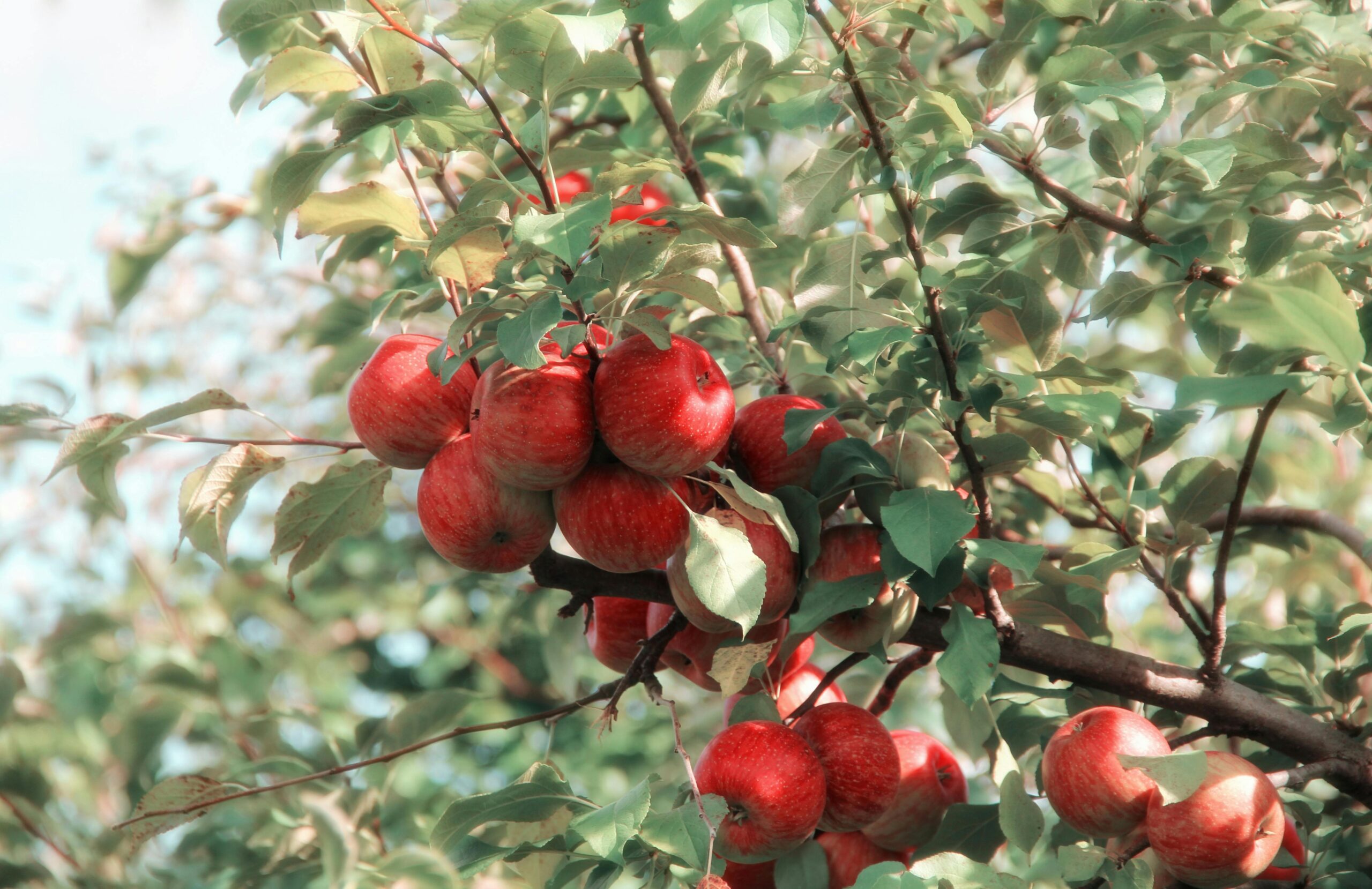At Twisdale Law, we help innovators across North Carolina, South Carolina, and Tennessee secure plant patents through the U.S. Patent and Trademark Office and create customized intellectual property strategies that protect their investment in new plant varieties. Whether you are a plant breeder, a nursery, a grower, or a small agricultural business, obtaining a plant patent can provide critical legal protection for your creation. Developing a new plant variety requires substantial time, expertise, and financial commitment, and protecting that investment is essential to ensure exclusive rights and competitive advantage in the marketplace.
In the United States, inventors can protect asexually reproduced plants under 35 U.S.C. § 161, which governs the issuance of plant patents. These patents apply to plants that have been reproduced through methods such as cuttings, grafting, budding, or layering, rather than through seeds. A plant patent is granted for a new and distinct variety that has been asexually reproduced by the inventor and can include cultivars, hybrids, sports, or mutants. Once granted, the plant patent provides the owner with the exclusive right for 20 years from the filing date to prevent others from reproducing, selling, or importing that specific plant or any of its parts. This protection applies to the entire plant variety itself, rather than to its genetic code or individual components alone.
What Plant Varieties Qualify for Patent Protection
To qualify for a plant patent, a variety must meet strict criteria. The plant must be asexually reproduced through methods like grafting, cuttings or tissue culture to ensure each plant is a genetic clone of the original. It must be new and distinct, with characteristics that clearly set it apart from other known plants of the same species. 35 U.S.C. § 161. The plant must have been invented or discovered in a cultivated setting rather than found growing wild. Certain plants are excluded, such as tuber-propagated plants like potatoes or Jerusalem artichokes, and plants discovered in the wild cannot be patented.
The plant must not have been patented, sold or publicly described more than one year before the application to maintain novelty. The inventor also needs to show the plant was not obvious to someone skilled in plant breeding.
In practice, patent examiners require a detailed description of the plant’s features and how it differs from known varieties. A claim might focus on a unique color, growth habit or disease resistance that is not merely the result of growing conditions. You must document exactly why your cultivar is different and new, and prove it breeds true from clone to clone. If these conditions are met, you may obtain a patent on the new plant variety.
The Plant Patent Application Process
Applying for a plant patent follows many of the same steps as a utility patent but with specialized content requirements. First, an inventor prepares a formal application including a botanical description of the plant’s distinctive traits, its breeding or discovery history, and where it was asexually reproduced. The application must also include at least one color photograph or drawing of the plant showing its claimed features.
Applicants often work with a plant patent attorney to ensure the description meets USPTO standards and to draft a claim covering the entire plant. Once filed with the USPTO along with the required fee and inventor’s oath, the application enters examination. The patent office will search prior art and may consult agricultural experts to verify novelty. Assuming no major issues, a plant patent typically issues in about 12 to 18 months.
Upon grant, the inventor can mark the plant and its products with “U.S. Plant Patent No. PP######” to put the public on notice. Before grant, you may use the label “PPAF” to indicate the application is pending. At that point, the 20-year protection term begins.
A summary of key steps includes preparing a detailed botanical description with images, filing the application with the USPTO, responding to any examination inquiries, and upon approval, receiving the patent grant and marking the plant accordingly. Compared to utility patents, plant patents have no maintenance fees and often issue more quickly if the paperwork is accurate. Careful documentation of breeding records, stability tests and a clear written description from the start will strengthen the application and speed the USPTO review.
Famous apple cultivars like Honeycrisp have been protected by U.S. plant patents. For example, the Honeycrisp apple was patented in 1991, giving its breeder the exclusive right to propagate and sell that variety. Plant patents can cover any asexually reproduced apple tree or its clones. This means that if you develop a new apple tree or fruit cultivar, you can apply for a patent for the apple tree and its fruit. Nurseries and small growers often use plant patents to secure their new fruit varieties against unlicensed propagation.
Ornamental plants are also frequently patented. The popular Knock Out rose was patented in 2000 due to its disease resistance and prolific blooms. Decorative roses, shrubs and flowers are commonly covered by plant patents. A plant breeder who develops a unique new ornamental can prevent others from growing or selling that variety. These ornamental plant patents provide a powerful incentive for innovation in gardening and nursery operations. A plant patent owner has the legal right to stop anyone from asexually reproducing, using, selling or importing the patented plant or its parts without permission.
Enforcing, Licensing, and Monetizing Plant Patents
A U.S. plant patent gives its owner enforceable intellectual property rights. Specifically, it blocks others from asexually reproducing, selling or using the patented plant or any of its parts in the United States. Anyone who propagates or sells the patented variety without authorization is infringing. An aggrieved patent owner can sue in federal court for damages and seek an injunction. Properly marking plants and catalog materials with the patent number helps by putting infringers on notice of your rights.
A powerful way to monetize a plant patent is through licensing. The patent owner may grant licenses to growers or nurseries, allowing them to propagate and sell the plant in exchange for royalties. Licensing agreements are negotiated contracts under which a licensee pays to use the rights to the plant. Breeders of popular varieties often license their patented plants to major growers, and each licensed plant sold may carry a royalty fee. Over time, these royalties can become a significant revenue stream.
For high-demand plants such as fruit trees or ornamentals, licensing the plant patent to nurseries and distributors is a practical way to expand market reach while retaining control. Licensing agreements often include conditions about where and how the plant may be propagated and what royalties apply. If a grower propagates a patented variety without permission, the patent holder can demand payment or pursue legal action. Buyers are expected to verify whether a cultivar is patented before propagating it, so they do not accidentally infringe. Combining the legal protection of a plant patent with a well-managed licensing program is a proven strategy to recover breeding investments and fund future innovation.
Working with an Attorney for Your Plant Patent
Navigating plant patent law can be complex. In addition to meeting strict legal criteria, applicants must draft a detailed botanical description and comply with USPTO rules. A patent attorney can help guide you through the process of protecting a new plant variety. An experienced attorney will ensure the application fully describes the cultivar with proper details, origin information and clear images, and will help resolve any questions from the patent office. While Patrick Twisdale was working at the United States Patent and Trademark Office, one of the departments he assisted with examining patent applications was the art unit for plant patents, giving him valuable insight into how these applications are evaluated and reviewed.
Twisdale Law, PC has experience supporting growers and inventors with plant patent applications. Whether you have bred a novel apple tree, rose or any other ornamental or fruit plant, our attorneys can evaluate your plant’s patentability, prepare the application, and handle USPTO communications. By securing a plant patent, you gain the legal tools to license your variety and prevent unauthorized copying.
If you are developing a new plant variety and want to protect your investment, reach out to Twisdale Law, PC. Our firm is ready to help you safeguard your innovation and guide you through the plant patent process with confidence.








